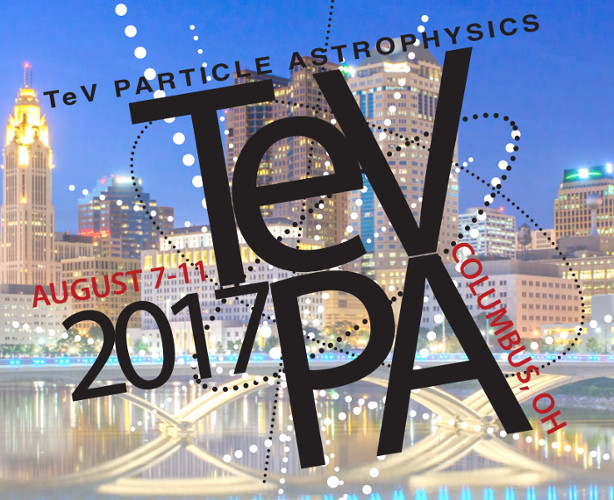Speaker
Description
I present my recent paper arXiv:1704.05073 on making projections for measuring the black hole birth rate from the diffuse supernova neutrino background (DSNB) by future neutrino experiments, and the information which can be gained by combining this with the merger rate from LIGO. The DSNB originates from neutrinos emitted by all the supernovae in the Universe, and is expected to be made up of two components: neutrinos from neutron-star-forming supernovae, and a sub-dominant component at higher energies from black-hole-forming "unnovae". We perform a Markov Chain Monte Carlo analysis of simulated data of the DSNB in an experiment similar to Hyper Kamiokande, focusing on this second component. Since the only evidence for unnovae comes from simulations of collapsing stars, we choose two sets of priors: one where the unnovae are well-understood and one where their neutrino emission is poorly known. By combining the black hole birth rate from the DSNB with projected measurements of the black hole merger rate from LIGO, we show that the fraction of black holes which lead to binary mergers observed today ϵ could be constrained to be within the range 8⋅10^−4≤ϵ≤5⋅10^−3, after ten years of running an experiment like Hyper Kamiokande.




